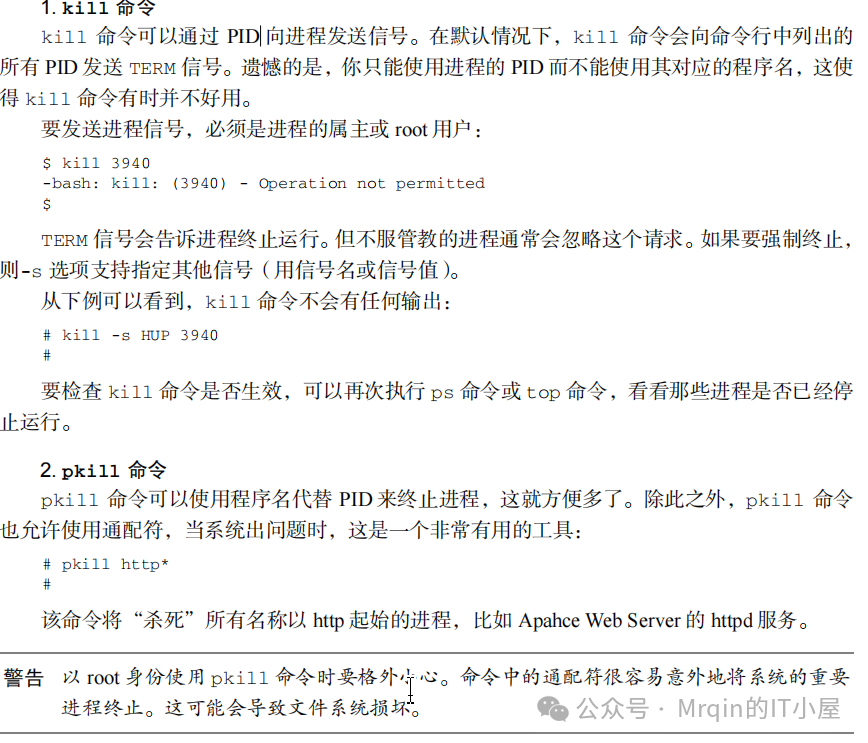1. Exploring Processes in Linuxps Command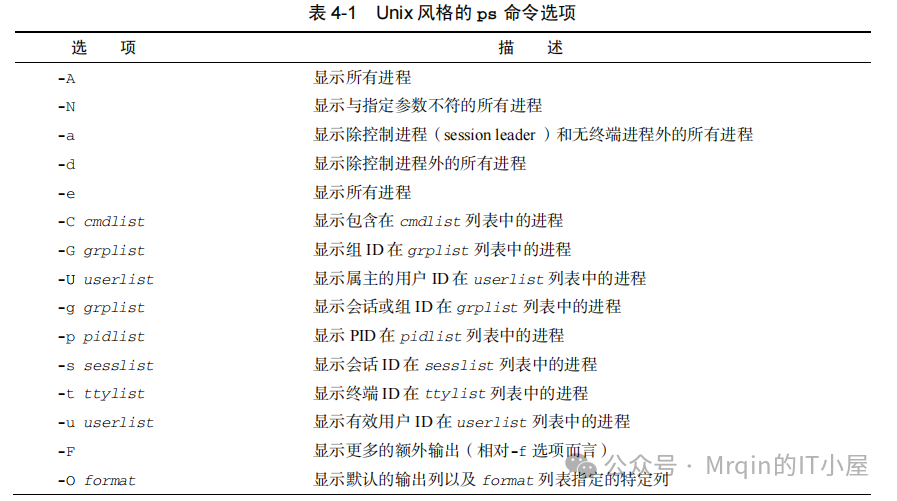
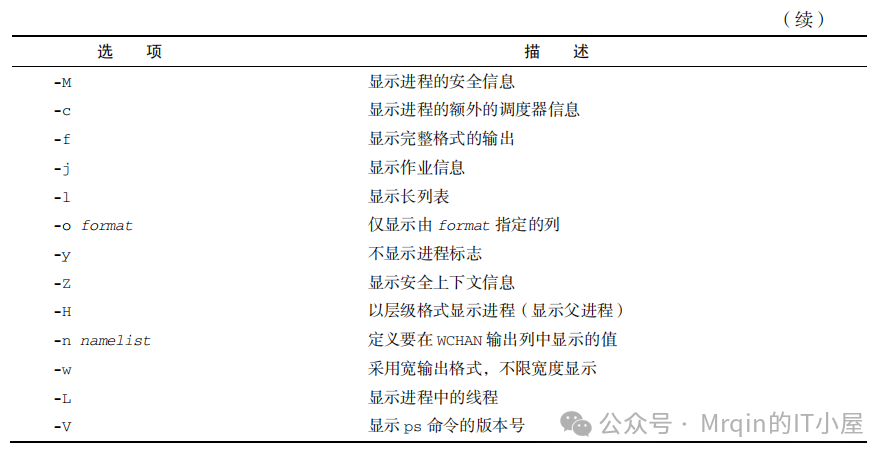
The key to using the ps command is not to memorize all available options, but to remember the ones that are most useful to you. Most Linux system administrators will keep a set of commonly used options in mind to extract useful process information, while referring to documentation when needed.
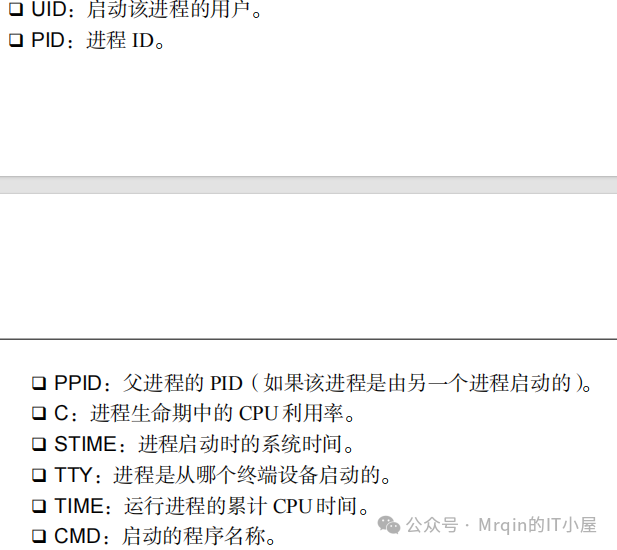
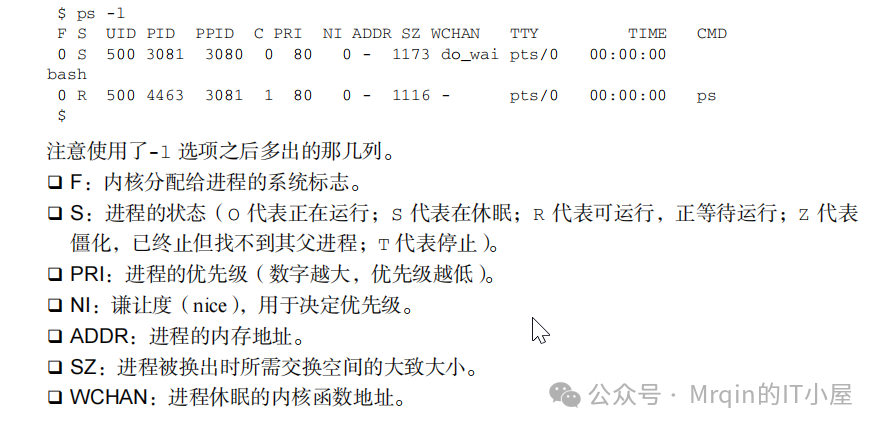 2. Real-time Process Monitoring
2. Real-time Process Monitoring
While the ps command is very useful for collecting information about processes running on the system, it has its limitations: it can only display information at a specific point in time. If you want to observe processes that are frequently swapped in and out of memory, the ps command is not very convenient.
The top command displays process information in real-time.
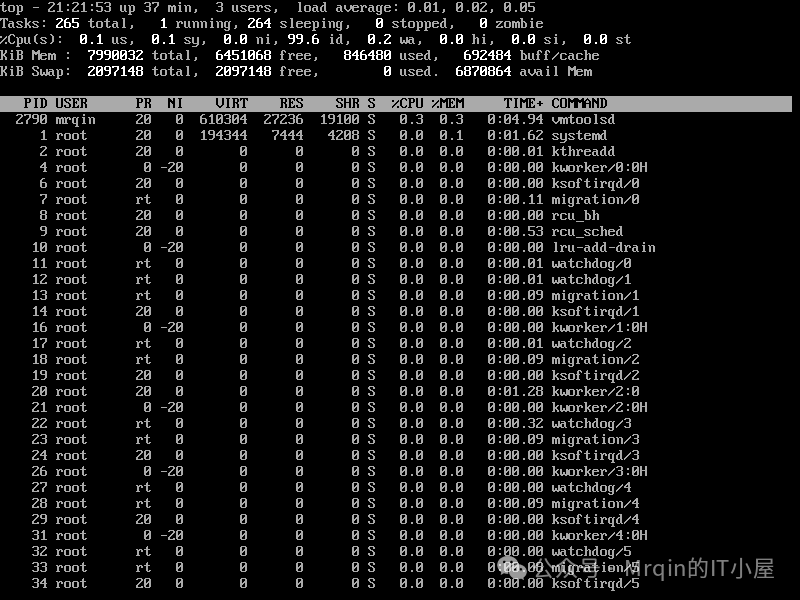
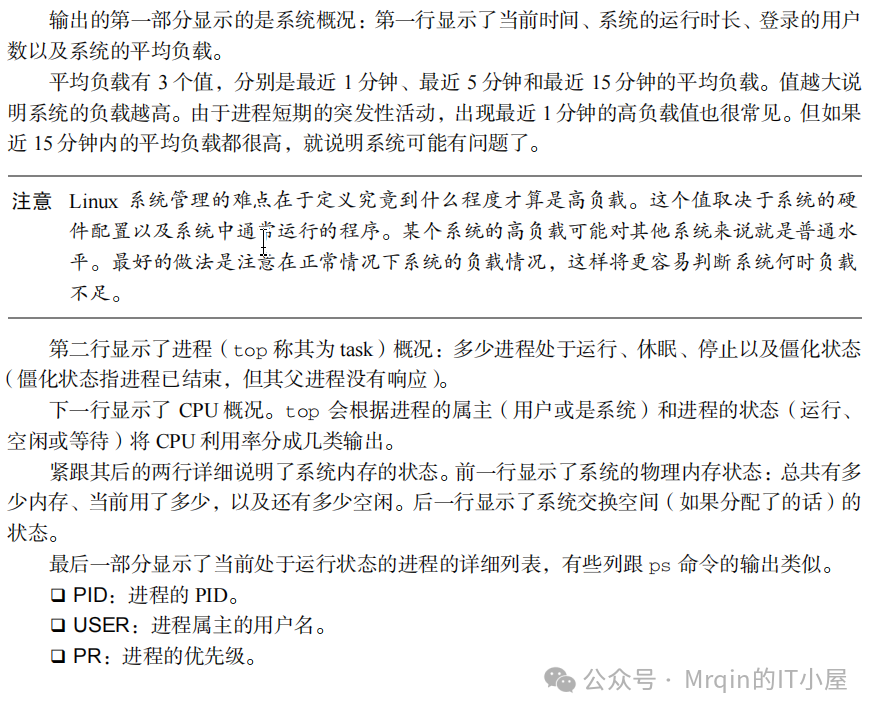
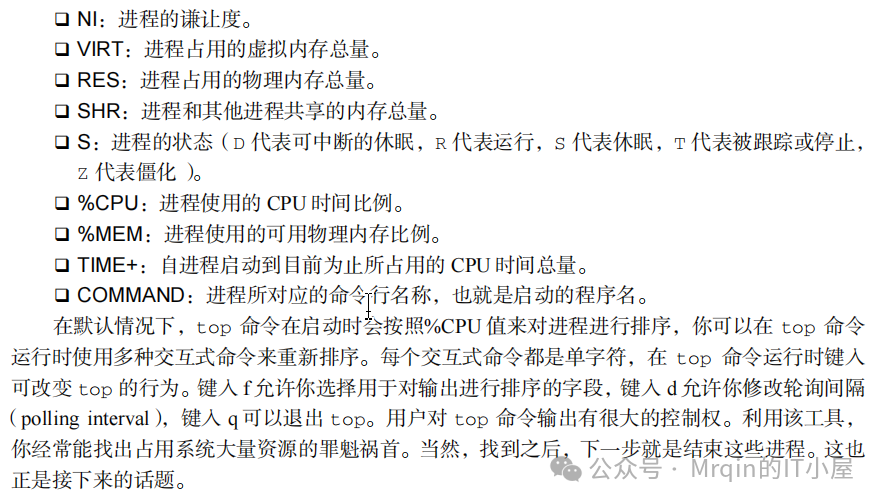
3. Terminating Processes
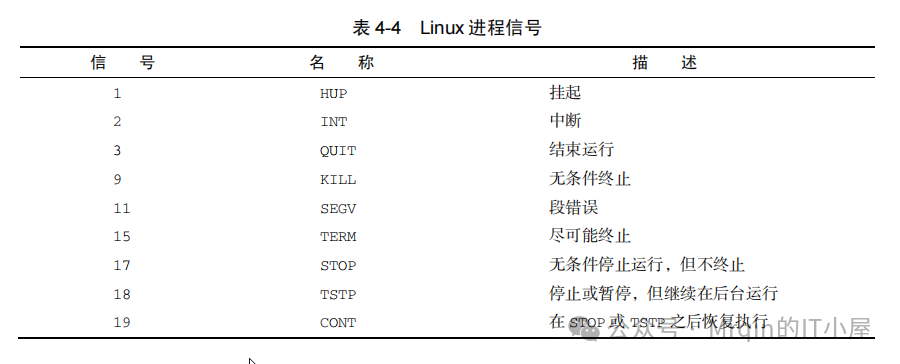
In Linux, there are two commands that can send signals to running processes: kill and pkill.
